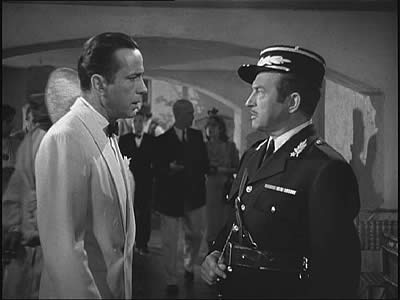Matthew's main point was how media will always default to cars when infrastructure gets affected unless that said infrastructure have no cars involved whatsoever.
At the same time, I can see millerm277's complaint that saying "tiny round error" implies a hostility to cars than an irritating observation.
But I think all agree that the awfulness that the bridge is delayed at another friggin 2 years. Come to think about it, the last major rehabilitation in 1959. How long did that took? While their explanation does mean it is not an equivalent, it still kinda gives some feel.
At the same time, I can see millerm277's complaint that saying "tiny round error" implies a hostility to cars than an irritating observation.
But I think all agree that the awfulness that the bridge is delayed at another friggin 2 years. Come to think about it, the last major rehabilitation in 1959. How long did that took? While their explanation does mean it is not an equivalent, it still kinda gives some feel.


